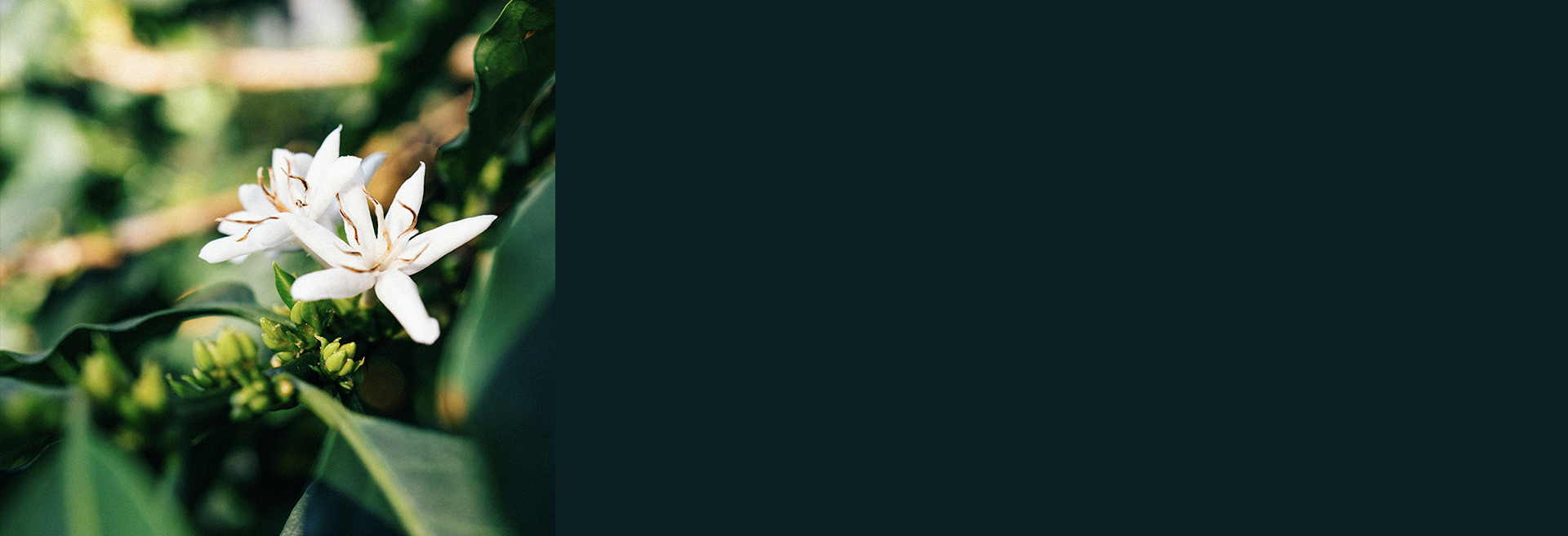Peru
Victor Gavidia
250g
QUALITY SCORE: 87.50
Cup Notes
Passionfruit / Orange / Almond / Cedar / Raisin
Suggested for espresso and filter
when we roast
We freshly roast to order all coffees on Monday, Wednesday and Friday (excluding national holidays), and ship the same day! Cut-off time is 11:59pm (UTC+1) of the day before the roast day. *We only ship whole beans*
Details
- Quality Score
- 87.50
- Producer
- Victor Gavidia
- Country
- Peru
- Terroir
- Chirinos
- Altitude
- 1850 mt
- Process
- Classic Natural
- Arabica cultivar
- Caturra
- Picked in
- July 2020
- Arrived in
- February 2021
- Shipped in
- Jute + GrainPro
- Roast profile by
- Rubens Gardelli
- Roasted on
- Customised solid-drum roaster
THE STORY BEHIND
Victor Garcia Gavidia owns three hectares of land in Alto Pirias, Chirinos. Victor grows primarily the Castillo variety, while Caturra is also grown in some parts of the farm - it is harvested separately.
In previous years Victor had been producing washed coffees, and because of the characteristics of varieties grown in combination with washed process, a large part of coffee harvested didn't score higher than 84 points.
However, this year, following in the footsteps of his neighbour, Eli Espinoza Soberón, Victor started using natural processing method for all his coffee.
Victor decided to switch to natural processing, because it has helped increase the cup quality, with his coffee consistently reaching 86 points and beyond: this, in turn, means that he can earn price premium and increase the income and profitability of farm's operation.
Victor hires pickers to harvest the coffee. Subsequently, he washes the cherries twice to make sure they are squeaky-clean and to reduce the microbial load, so that when they are placed on drying beds, fermentation occurs slowly, resulting in a very clean cup profile.
The coffee is dried on rasied beds for 30 to 35 days.
THE VARIETY
Caturra coffee varietal was developed by the Alcides Carvalho Coffee Center of the IAC, Instituto Agronomico of the Sao Paulo State in Brazil.
In 1937, IAC received seed samples of genetic material originated on the border of the states of Minas Gerais and Espírito Santo. The samples came from Red Caturra and yellow Caturra cultivars. These two cultivars originated by natural mutation of Bourbon Red, originally a tall coffee shrub, found in the Serra do Caparaó , which is now a mountainous National Park north east of the city of Rio de Janeiro.
This is the first naturally occurred coffee mutation found, with small size and high yield capacity. Red and Yellow Caturra are characterised by the cherries sitting close to each other on the coffee shrub. These varietals have excellent cup quality, because they are very close genetically to the Bourbon varietal.
THE FERMENTATION PROCESS
Dry process seems simple: pick the fruit, lay it out in the sun until it turns from red to brown to near-black, and then hull off the thick, dried outer layer in one step to reveal the green bean. It is a method suited to arid regions, where the sun and heat can dry the seed inside the intact fruit skin.
It's often referred to as "natural coffee" because of its simplicity, and because the fruit remains intact and undisturbed, a bit like drying grapes into raisins. Since it requires minimal investment, the dry process method is a default to create cheap commodity-grade coffee in areas that have the right climate capable of drying the fruit and seed.
But it’s a fail in humid or wet regions. If the drying isn't progressing fast enough, the fruit degrades, rots or gets covered with mould.
Dry-processed coffees can also be wildly inconsistent. If you want a cleanly-fruited, sweet, intense cup, dry process (DP) takes more hand labor than wet process. Even the most careful pickers will take green unripe or semi-ripe coffee off the branch as they pick red, ripe cherry. If these are not removed in the first days of drying, the green turns to brown that is hard to distinguish from the ripe fruit.




